Our team of experts can help you control your Keratoconus with different procedures.
Treatment Options
Combining riboflavin (vitamin B2) and ultraviolet light strengthens the cornea and can slow or stop the progression of keratoconus.
The ICRS are used to flatten the cornea’s conical shape and can be combined with Corneal Crosslinking to prevent the progression of keratoconus.
Phakic intraocular lenses are made of plastic or silicone and are permanently implanted into a person’s eye. It is possible to combine this procedure with CXL and ICRS.
A common procedure done over 185,000 times annually. Keratoconus or corneal scarring patients can benefit. The surgeon replaces the tissue of the eye with one from a donor.
Corneal Cross Linking (CXL)
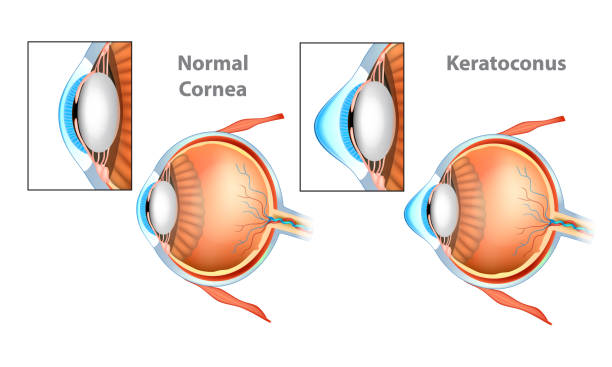
The goal of collagen crosslinking on the cornea is to strengthen the cornea and slow or stop the progression of keratoconus. Combining riboflavin (vitamin B2) and ultraviolet light strengthens crosslinks between collagen fibers within the stroma layer of the cornea through a chemical reaction.
The progression of keratoconus cannot be slowed or halted by any other procedure at this time.
Intacs implants combined with corneal crosslinking can offer promising results in treating keratoconus. Corneal crosslinking and phakic IOL implantation is safe and effective for treating mild to moderate progressive keratoconus.
Intracorneal Ring Segments (ICRS)
In keratoconus patients, intracorneal ring segments, or ICRS, are used to flatten the cornea’s conical shape.
To stabilize the cornea, ICRS is often combined with corneal collagen crosslinking to prevent the progression of keratoconus.
A patient with keratoconus who needs ICRS as an initial treatment is not likely to be a good candidate for laser surgery with customized corneal crosslinking (CuRV) or TransPRK/CXL.
A corneal transplant may not be necessary after ICRS implantation. You can remove ICRS if there are problems, and they don’t prevent corneal transplantation if you need it.
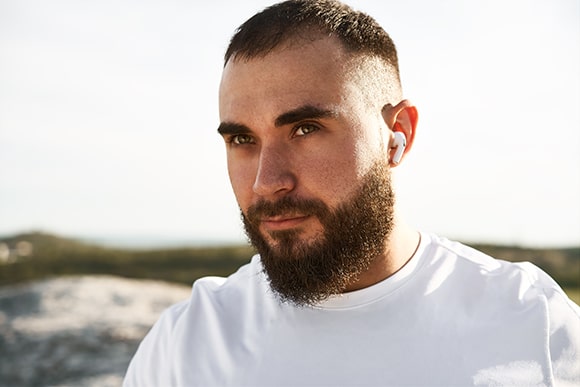
Phakic Intraocular Lenses (IOLs)
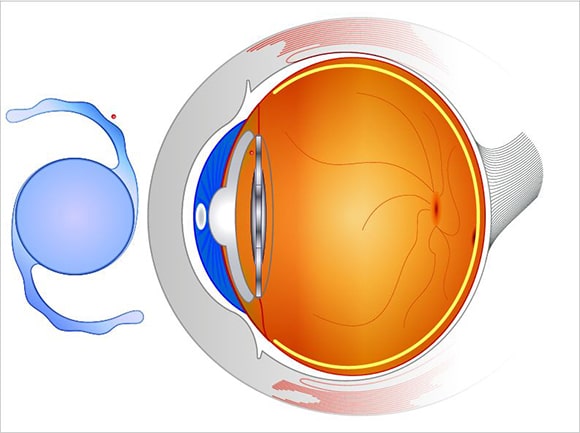
Phakic intraocular lenses are made of plastic or silicone and are permanently implanted into a person’s eye, so they no longer need glasses or contacts.
When laser eye surgery is not an option, phakic IOLs can provide a safe and effective treatment of myopia in patients with stable keratoconus.
This procedure provides greater independence from glasses and contact lenses than other surgical visual rehabilitation techniques.
It is possible to combine phakic lenses with standard treatment modalities of keratoconus, such as collagen cross-linking (CXL) and intracorneal rings keratoconus.
A phakic lens is intended to be a permanent fixture.
Corneal Transplant
The prospect of a cornea transplant might be frightening, but it is a very common and successful transplant procedures performed today. The surgeon removes some or all of the clear tissue at the front of the eye and replaces it with tissue from a donor.
It is a highly successful operation: when performed in our North America Laser Eye Clinic. Graft survival rates are over 90% after 10 years and the average life of a transplant is around 15-20 years.
Corneal transplantation is also known as a corneal grafting or keratoplasty. It is offered to patients with keratoconus or corneal scarring and who can no longer obtain functional vision with contact lenses.
The surgery involves removal of the central section of a diseased or scarred cornea with clear, healthy corneal tissue from an eye bank. This may involve removing the patient’s entire cornea (full thickness) or only the stromal tissue, leaving the patient’s endothelial cells intact (partial thickness).
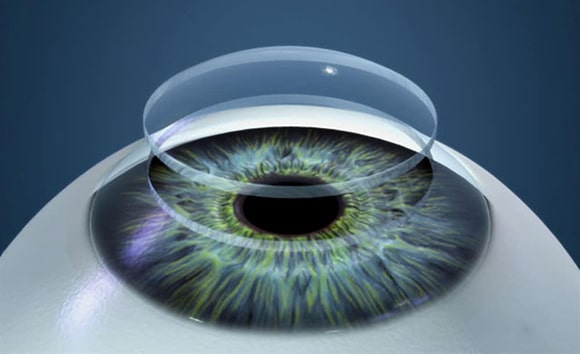
At the North American LASIK and Eye Surgery Centre, we perform weekly eye surgeries and we have done over 16,000 surgeries since we first opened our clinic in 2013.
Our founder, Dr. Abdulla Naqi, and the team of surgeons have over 30 years’ experience and have done over 16,000 eye surgeries. Our commitment to all our patients is that they receive treatment in terms of quality, trustworthiness, and credibility.
The North American Lasik and Eye Surgery Centre are accredited by the Emirates International Accreditation Center (EIAC).
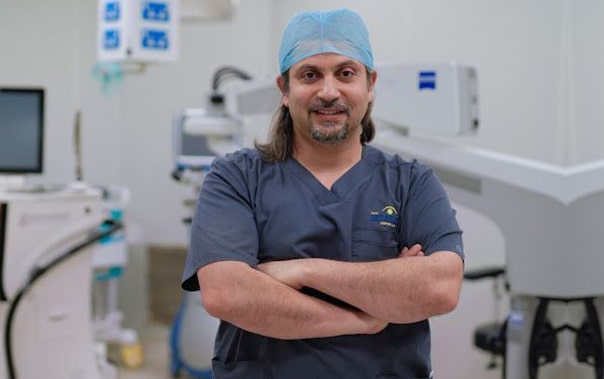
Frequently Asked Questions
In contrast to conventional eye diseases, keratoconus is a chronic, lifelong condition that will not go away on its own. There may be a need for a corneal trasnplant in severe cases, but that does not eliminate Keratoconus. If you have Keratoconus that is not too severe, you can reduce its effects by wearing specialized contact lenses (hard, piggyback, hybrid, or scleral).
The disease usually stops progressing before age 40, approximately 20 years after it began. Astigmatic correction or corneal collagen cross-linking should be considered for older subjects with keratoconus.
Depending on each patient’s needs, our keratoconus treatment protocol may involve scleral contact lenses, other specialty contact lenses, and dry eye treatments. Keratoconus patients can achieve 20/20 vision with the appropriate treatment.
Patients with keratoconus do not have to live this way and can enjoy everyday life just like anyone with good sight. Getting good vision back is just a matter of getting the right treatment
In keratoconus, ICRS flattens and regularizes the central cornea. The procedure has a relatively low risk, and recovery is quick. In most cases, glasses or contact lenses are still needed after treatment because the main objective is to restore the corneal shape.
Patients with moderate to advanced keratoconus can benefit from ICRS implantation instead of a corneal transplant. It is unlikely that ICRS would prevent you from receiving successful treatment for another eye health concern later in life.
The procedure is most effective in cases of early-stage keratoconus and can delay the progression of the disease.
Corneal crosslinking (CXL) involves soaking the cornea with yellow eye drops containing a UV light-absorbing dye (riboflavin). New intermolecular bonds (crosslinks) are formed when UV light is exposed to oxygen. In addition to strengthening the cornea, these intermolecular links also help to stabilize its shape and prevent further vision loss.
The procedure won’t hurt you because your eyes will be numb. Approximately 20 minutes are required for each eye to be treated.
Those with progressive keratoconus and high myopia can benefit from this combination therapy. It is a procedure with great results and few side effects.
Corneal transplants have an amazingly high success rate, nearly 95%. Human corneal tissue is one of the few issues that can be transplanted without causing rejection, which explains that amazing statistic.
Local anesthesia will be administered before the procedure to ensure you won’t feel pain. During the procedure, your eye will be covered with an eye pad or plastic shield, which will be removed the next day. You may experience blurry vision when it is removed. There is nothing wrong with this. There will likely be some swelling and discomfort after the operation, but there should be no serious pain.
Make sure not to rub your eyes. It is recommended that you do not exercise strenuously or lift heavy objects for a few weeks following surgery. In most cases, you can return to work after surgery in two to three weeks if your job doesn’t involve physical strain. You must wait three to four months if your job involves manual labor.
